DIMITRIOS LIALIOS
(1869-1940)
(1869-1940)
The “European composer from Patras” was born in the capital of Achaia in November 1869 into a well-to-do urban family, which saw to it that he received proper musical education from an early age. He took his first violin and piano lessons with Tiveri, an Italian teacher, and then he continued in the Munich Conservatory with the famous educator and composer Ludwig Thuille (1861-1907). Upon returning to Patras, he founded a local orchestra which featured local amateurs and relatives. In 1916 he married soprano Irini Palli and had three children. The whole family returned to Munich (1919-1920), where Lialios served as Greek vice-consul until 1935. He died on 13 March 1940. He composed about 130 works covering the widest possible musical spectrum. Symphony music, music for string orchestra, chamber music, opera, Masses, dozens of songs with piano accompaniment, choral pieces and works for piano and other instruments. A large part of his work had become known in Germany during his life. Conductor and Lialios expert Vyron Fidetzis notes that on the creative level Lialios’s work “helped Greek intellectuals to become acquainted with the most important musical traditions of the 19th century”.
String Quartet No 4 (1927) in D major was completed in Munich in March 1927. It is notable for its mundane character and its references to urban European music. The composer has mastered the musical vocabulary of the great German composers of the recent past but he eventually formulated his own personal idiom and style. He knew the technique of strings in great depth and handled form masterfully. The first part of the work is solid in structure while the other three parts, which form a continuum, are dialectically cohesive.

ANDREAS NEZERITIS
(1897-1980)
He was born in Patras on 30 November 1897. He started music lessons with local composer and pianist Antigone Papamikropoulou and continued his musical studies at the Athens Conservatory. He took private lessons in composition and orchestration (1926 – 1933) with Heptanesian composer Dionysios Lavrangas (1864 – 1941), a student of Jules Massenet (1842 -1912). Nezeritis was influenced by his teacher in orchestrating Greek melodies and came up with ingenious solutions concerning Greek traditional music. As of 1945 he gradually developed a personal language dominated by an innate religiosity. He composed musical dramas (the operas King Sunless, Hero and Leander and the oratorio Prelude and Five King David Psalms), symphonic works (two rhapsodies, three symphonies, ballet music, concerts for strings and other instruments), chamber music and songs with piano accompaniment. He died in Athens on 19 November 1980. For his work he was repeatedly awarded by the Academy of Athens.
His String Quartet in D major (1937) was composed in 1936 based on musical material drawn from a Suite for a Quartet, which represented his first attempt to write for this particular instrumental ensemble. The work is based on an austere, classical form combined with a modalism which reveals the French impressionistic influences of his teacher, Dionysios Lavrangas.
The score is masterful. The quartet is characterized by great melodic resourcefulness and originality.
THEOFILOS KAVOURAS
(1930-1974)
He was born in Patras on 30 August 1930. He began his studies at the Patras Conservatory and completed them in Athens at the National Conservatory, where he was taught by Manolis Kalomiris (1883-1962), founder of the National Music School. Upon returning to Patras in 1953, he was appointed assistant conductor and later chief conductor of the Patras Municipal Band whose repertory he enriched with a multitude of works adapted for a band and orchestrated mostly by himself. He wrote works for orchestra (symphonies, symphonic poems), marches, works for piano, choir and mandolinata, a string quartet, church music and two cycles of folklike songs. He died on 19 March 1974.
His String Quartet was written in 1968. The work is mellow and comprehensive, with an exemplary distribution of instruments and a discreetly diffuse presence of Greek elements (use of folklike rhythms and motifs) throughout. The musical language of the work is evidently influenced by Shostakovich’s quartets.
Research – Texts: Panagiotis A. Andriopoulos
Editing: Lito Tsekoura




















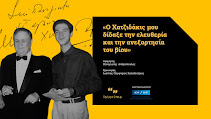



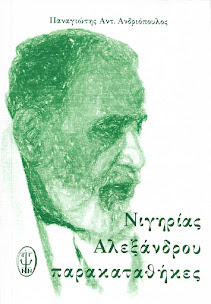

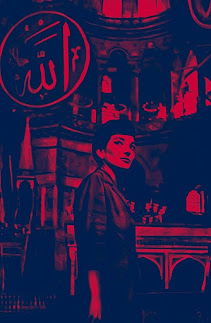
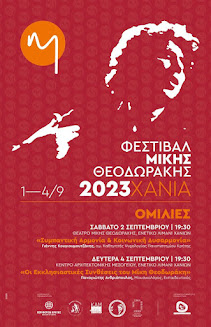


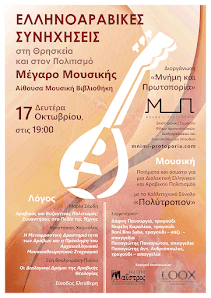



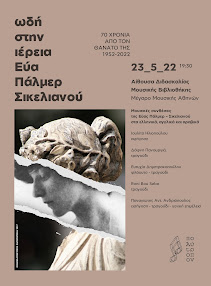







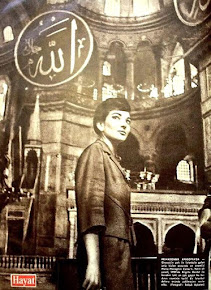
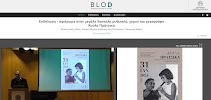
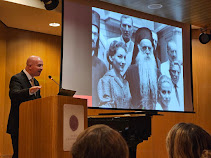
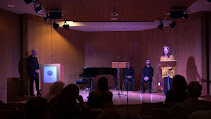




























Δεν υπάρχουν σχόλια:
Δημοσίευση σχολίου